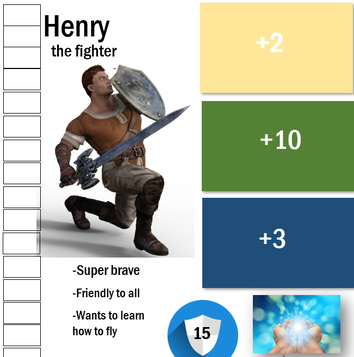 At its heart, the essence of the world’s most popular role-playing adventure game, Dungeons & Dragons, is pretty basic. Get a quest, overcome obstacles in a fantasy setting and ultimately, strive to achieve that quest. Simple, right? Where it gets a little confusing is in the rules and the plethora of dice that are involved. Most people who have not played Dungeons & Dragons will look at you strangely after you ask them to “roll a ‘d20’ to attack a creature and then their damage dice if they hit.” Say what, they’ll inquire sheepishly? Exactly! Which is why when a friend of Heroes B&B asked us to put together an adaptive version of the D&D game, we said, “Absolutely. But we need to make it make it less confusing for these new players!” What we’ve come up with relies heavily on storytelling – a Heroes B&B staple – as well as reduces the number of dice in the game. What our simplified D&D system doesn’t do is change the essence of the game, which is relying on the luck of a rolled dice to partially indicate the success a player has in overcoming the obstacles present in this fantasy setting. Here’s a short outline of our simplified system, something we believe would work well with a variety of players new to the game: * Each player character will be given a character sheet, as shown above. Each player also will receive three dice: one yellow, one green and one blue. The dice will correspond with the same-colored box on the character sheet. So if a player rolls a yellow dice, they (or a volunteer) should look at the rolled number and then add a plus-2 to the total. For example, a player rolls a 10 on the dice. They would add plus-2 to that total and the character’s roll would be communicated as a “12.” (NOTE: You can click on the character sheets on this page and download them at no cost. We suggest you laminate them so you can use them repeatedly.) * The Game Master, or GM, will tell the player which dice to roll according to the situation. For example, when a player wants to look around a new location - a "Perception" roll - they’ll roll a yellow dice. When they want to attack an evil-doing troll, they’ll roll a green dice. * The player character sheet has boxes on the left side of it. These boxes indicate the player’s current health. When a player suffers “damage”, they’ll simply mark off the boxes. For example, if a player takes 3 damage, they’ll mark off 3 boxes. The player character sheets will be laminated so such marks can be erased at a later time with ease. * The player character sheet also has a name, race, picture and information about each character. Players can always change their name if they so choose. * The player character sheet also has two other items of note: 1) a picture of two hands. This is a once-a-day healing ability that players can opt to use on their turn. Once this ability is used, it can simply be crossed off; 2) a picture of a shield and a number in the shield. The latter is the player’s “Armor Class,” a number the Game Master must equal or surpass on a roll in order to successfully target or “hit” a player. We hope this adaptive version of D&D will allow less experienced players to enjoy the far-flung fantasy settings and memorable quests involved in this creative and entertaining game. If you have questions on this adaptive D&D system, would like one of our player character sheets at no cost, or if you have ideas on how to improve it, reach out to me at [email protected].
1 Comment
|
AuthorHeroes B&B is supported by a number of Twin Cities-based role-playing addicts, including blogger Neil Pascale. Archives
October 2023
Categories |
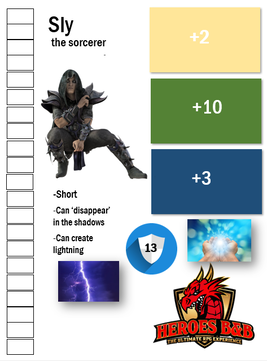
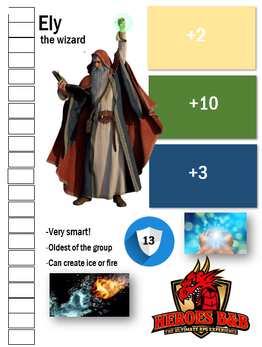
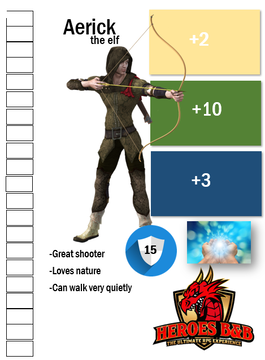
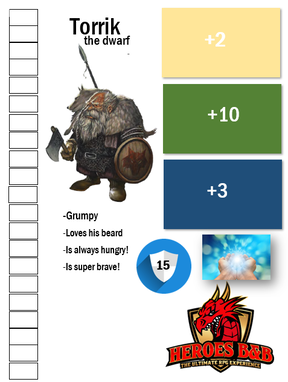
 RSS Feed
RSS Feed